Big Sister is moving right along in math! She says it’s her favorite subject in school and loves when she has math homework. (Is this child mine?? 😉 ) Some of the things she is learning in first grade throws me off as a parent going through this for the first time. Is my baby really learning these pre-algebraic concepts? In first grade?? It’s hard to believe she is growing up so fast and learning so much! It’s just a little nervousness from this mom as her first baby grows. She will always be my baby. Even when she does algebra 😉
One of the concepts that Big Sister learned in math this year was the Commutative Property of Addition. She had to learn the term and the meaning of the property, and use it in math worksheets. One of the ways we practiced the Commutative Property was with this flip flop addition activity. It was fun to extend the homework and practice some math facts with our flip flop game!
This post contains affiliate links. See our full disclosure.
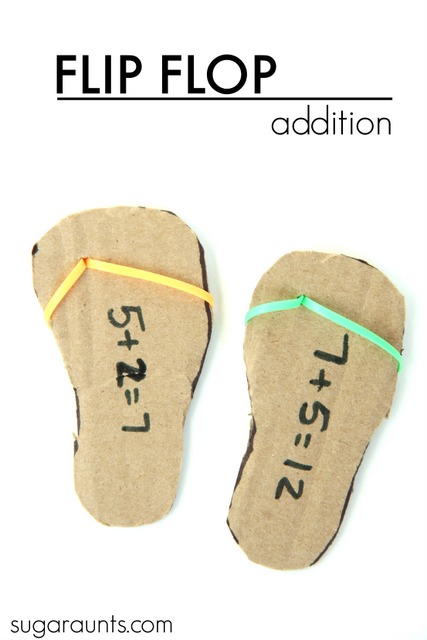
What is the Commutative Property of Addition?
In the commutative property of addition, we can switch order of numbers and still get the same answer. For example, 5+1=6 and 1+5=6. Using the Commutative Property, 5+1=1+5.
Flip Flop Math Activity
We made this Flip Flop Adding activity after we talked about how the numbers can “flip flop” and still add up to the same answer.
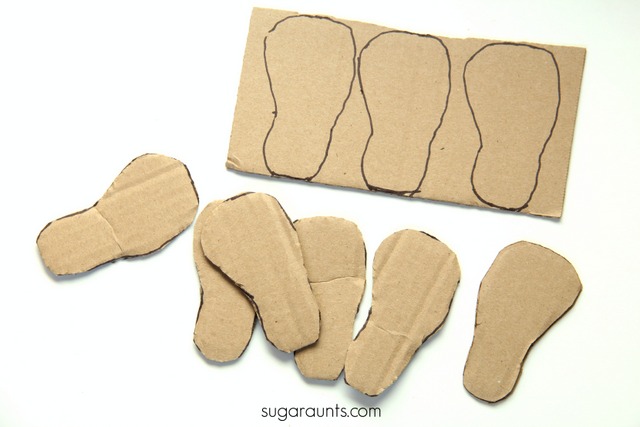
I started by making flip flop sandal shapes on cardboard. You could also do this activity on paper with flip flop shapes, but I wanted to make our Flip Flops actually flip!
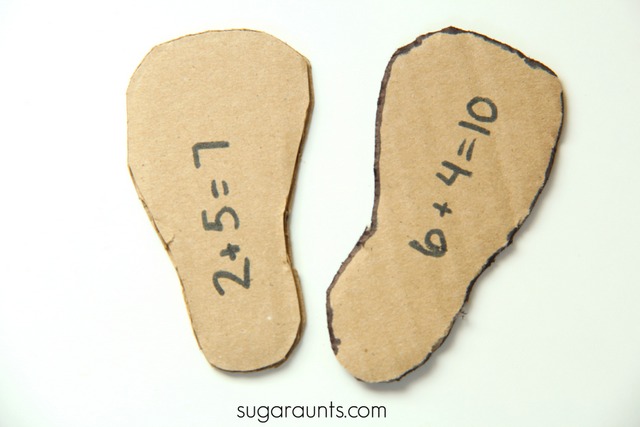
I wrote out some a + b=c math problems on the flip flops. On the reverse side, I wrote the numbers using the Commutative Property (b+a=c).

Line the flip flops up on the edge of the table. Practice the math facts. You could have your child fill in the answers, flip the shape, and then fill in the answer on the opposite side.
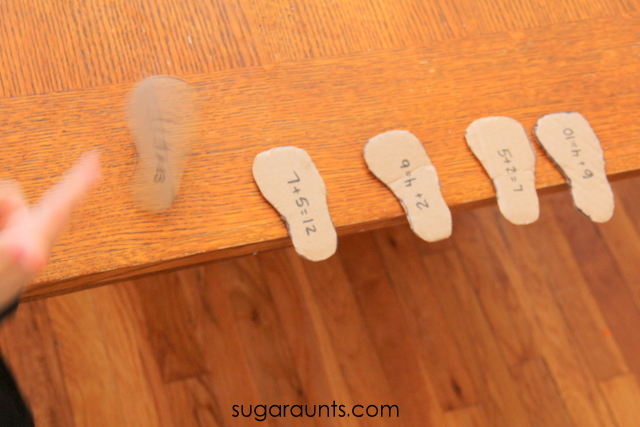
This was a TON of fun!


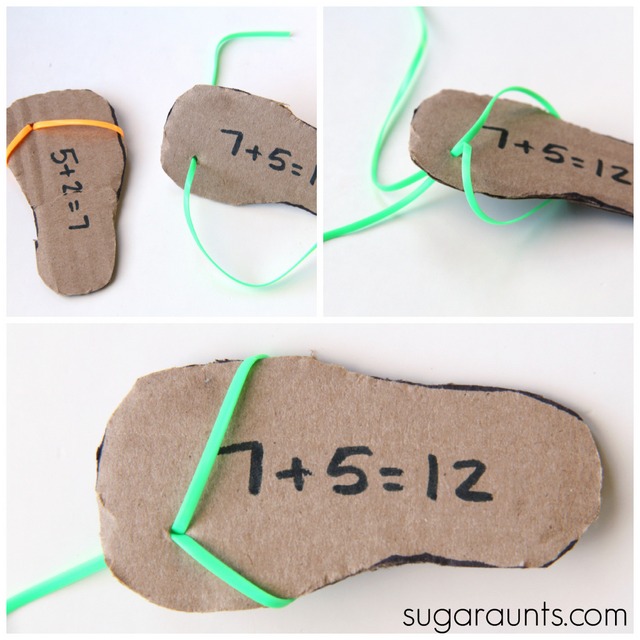
We decided that our flip flop math equations needed some details. We used plastic lacing cord to make straps on our flip flops. Poke a hole in the cardboard with a pen. Push the lacing cord through the hole, wrap it around the shape, and tie a knot in the back.
to make straps on our flip flops. Poke a hole in the cardboard with a pen. Push the lacing cord through the hole, wrap it around the shape, and tie a knot in the back.
Have fun with your flip flop math!
Try more of our math activities:
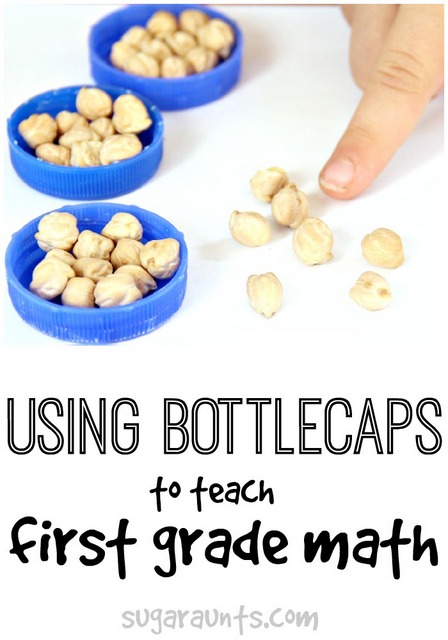
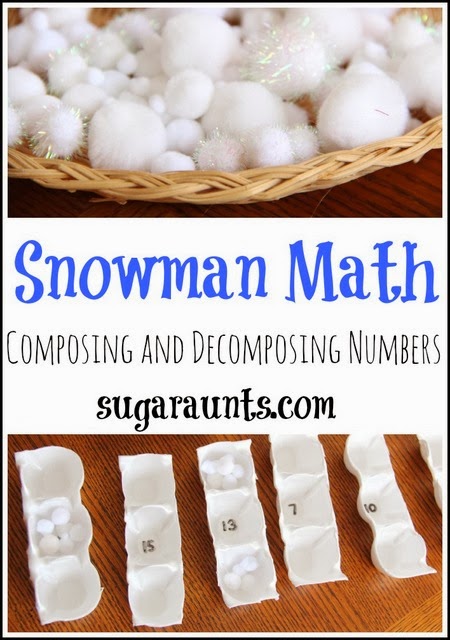
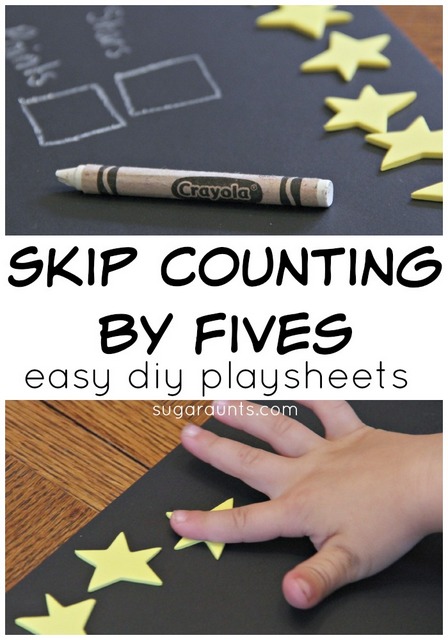
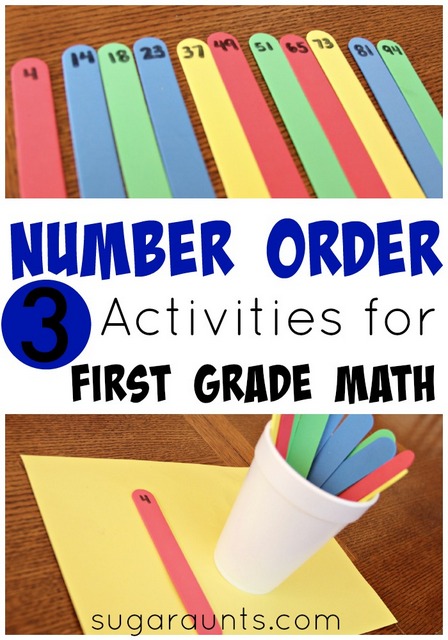
New Feature...DOWNLOAD THIS POST AS A PDF! CLICK HERE







